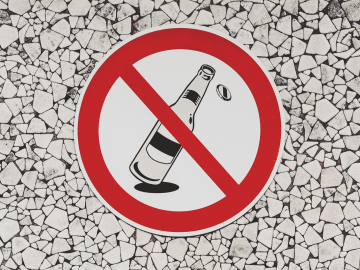News
Dry January: Understanding the impact of alcohol

Dry January continues to raise awareness of the effects continued, and persistent, alcohol intake can have on your health.
Alcohol Change is encouraging the population to give up booze for the first month of the year, in the hope this will alter our approach to drinking. But do you truly understand the impact alcohol can have on your body and your health?
Did you know?
- Nearly a quarter (24%) of adults in England and Scotland regularly drink over the Chief Medical Officer’s low-risk guidelines.
- The Chief Medical Officers recommend not drinking more than 14 units a week of alcohol; that's the equivalent of six pints of lager or a bottle and a half of wine.
- In England, there are an estimated 586,780 dependent drinkers, based on 2017-18 statistics.
- Alcoholic drinks account for 11% of the UK population’s daily intake of added sugar.
- Frequently drinking more than the CMO’s low-risk drinking guidelines can cause abnormal heart rhythms, high blood pressure, heart attacks, damage to the heart muscle and other diseases such as stroke, liver problems and some cancers.
Studies from previous years suggest a dry January can provide tangible benefits to your health and philosophy around alcohol. This approach also helps to negate the negative aspects of drinking. These are highlighted in this useful interactive graphic, which displays key parts of the body and the effect alcohol has on each part.
Helpful tip
If you are seeking to control, rather than completely stop, your alcohol intake then try keeping a record of your units of alcohol intake for the week. Using this calculator tool is a great start. Discovering just how many units of alcohol you actually consume on a weekly basis provides you with the knowledge to help reduce your intake and improve your health.
